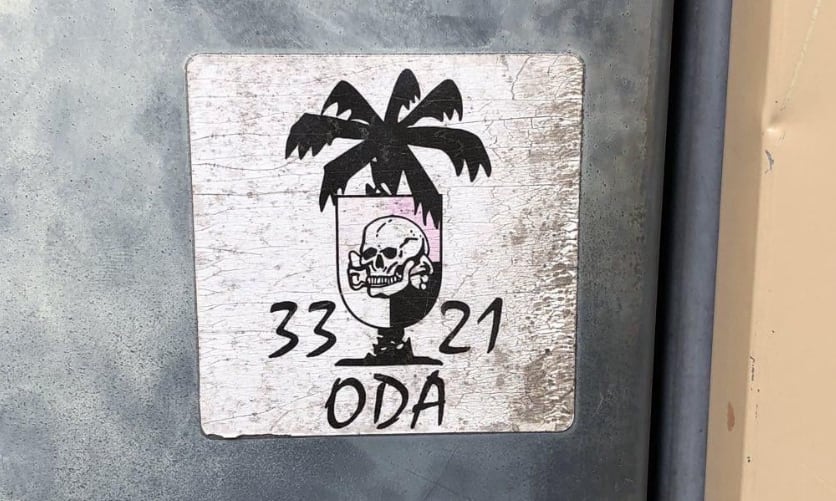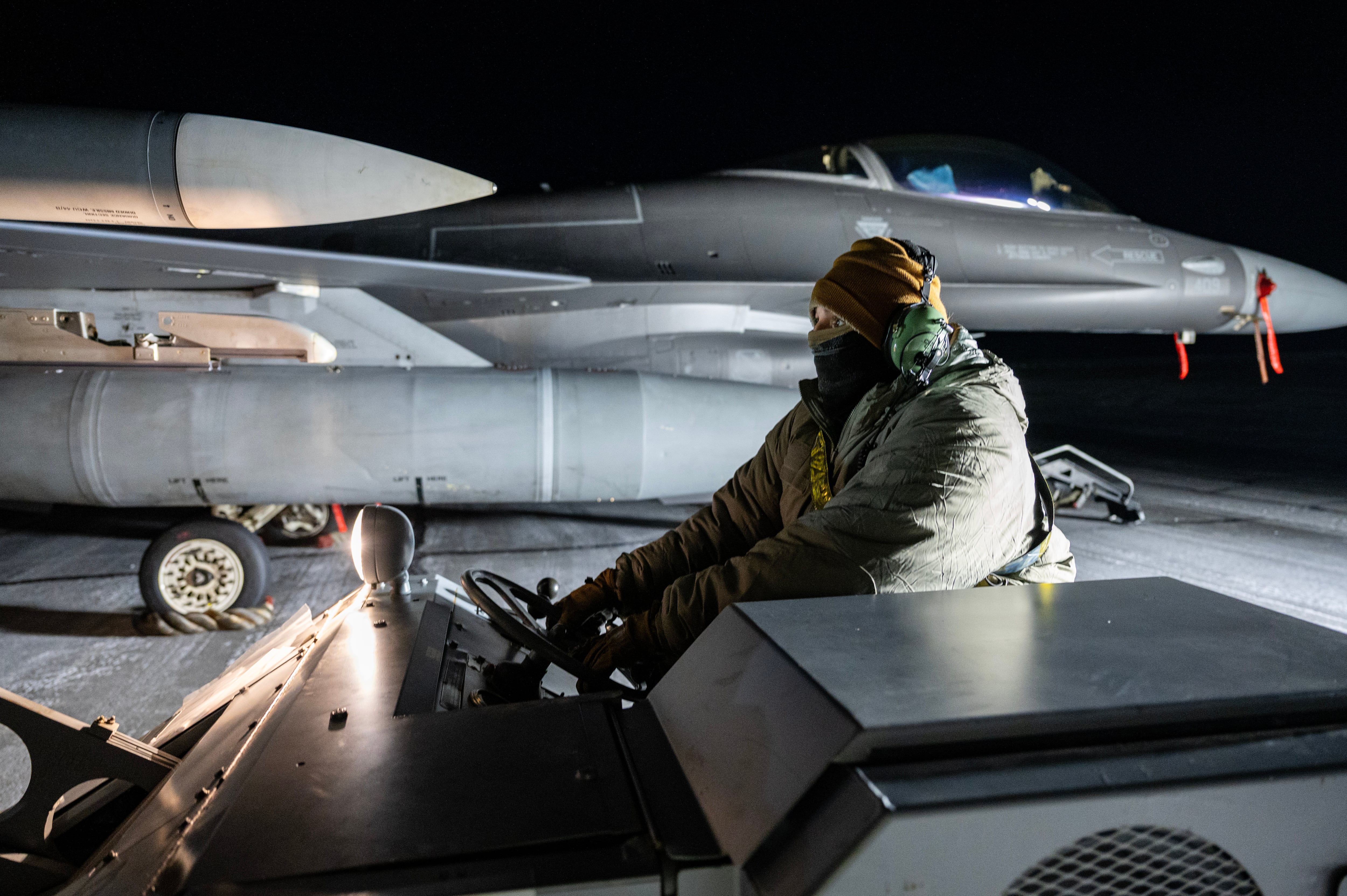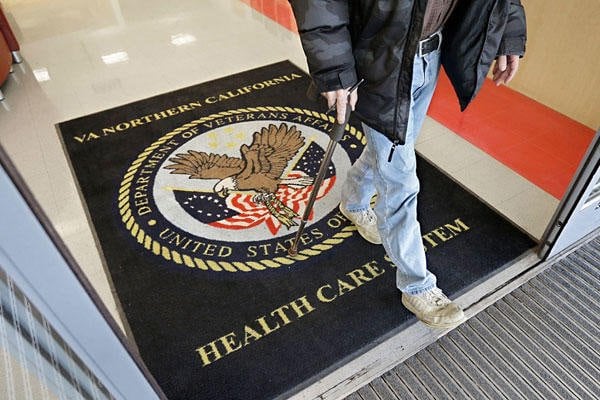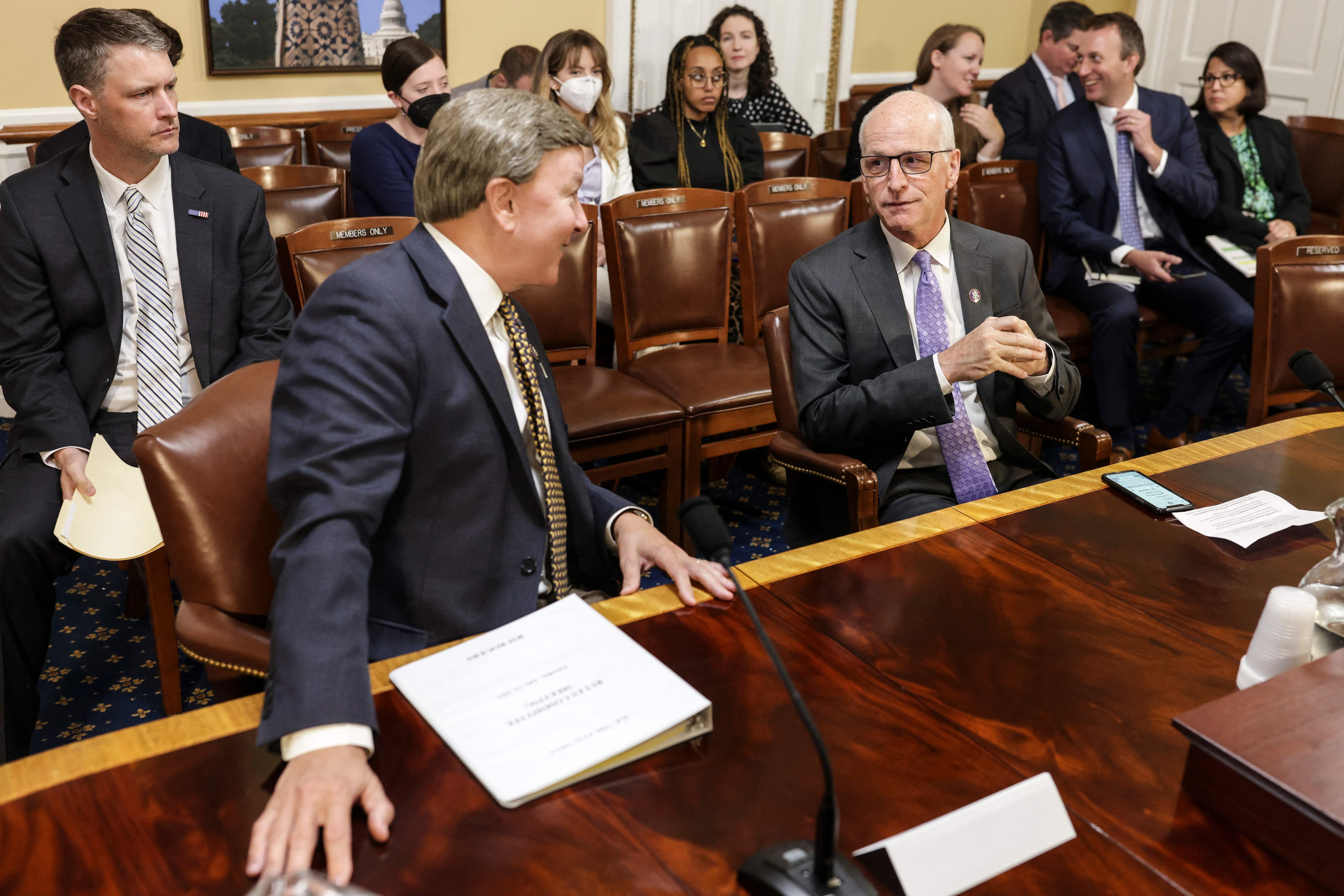The Nazi-inspired patch spotted on a Green Beret’s helmet cover in a National Guard unit’s recent social media post originated with a 3rd Special Forces Group team, Army Times has learned.
Maj. Russell Gordon, a spokesperson for the 1st Special Forces Command, confirmed that 3rd Special Forces Group elements formerly used the “unofficial” emblem, which was “banned in 2022 by 3rd Special Forces Group leadership when it was brought to their attention.” Leaders banned the logo because of “its historical use,” added Gordon, whose command oversees 3rd Group.
It’s unclear how long the patch was in use with active duty Green Berets, nor is it clear how many teams adopted it or similar imagery in their local logos.
The command previously announced an investigation into “the use of symbols and patches depicting historic images of hate,” after the 20th Special Forces Group’s official Instagram account posted a photo featuring a soldier with a patch depicting a Nazi SS Totenkopf.
The stylized skull-and-crossbones logo was the namesake of the “Totenkopf” 3rd SS Panzer Division. The Nazi high command originally assembled the formation in 1939 from concentration camp guards and SS Einsatzgruppen death squads that systematically murdered Jews in Poland. The division later went on to massacre British and French colonial prisoners of war.
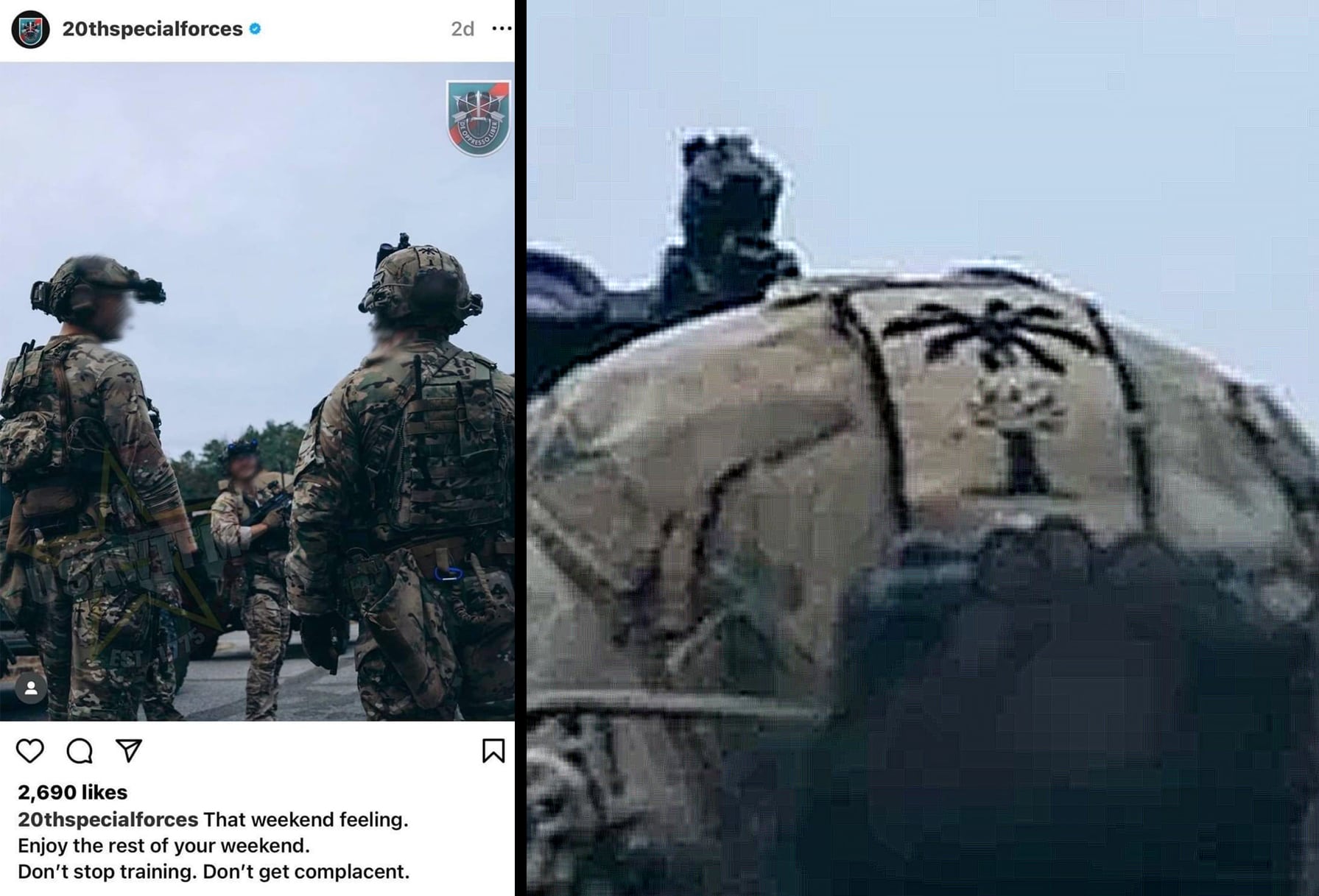
In response to comments on the since-deleted Instagram post, the 20th Group page administrator said “it’s a 3rd group team patch taken out of context.”
However, an Army Special Operations Command spokesperson told Military.com that the soldier pictured is a member of the National Guard’s 20th Group, rather than 3rd Group.
Army Times could not confirm whether or when the soldier was a member of 3rd Group, nor whether he was aware of the patch’s iconographic roots. The Alabama National Guard, home to 20th Group’s headquarters, told Military Times that the state is assisting in the investigation.
On Wednesday morning, an Army Reddit user posted a photo reportedly of a Fort Liberty, North Carolina, training building’s door featuring a sticker with a similar Totenkopf logo. The logo read “ODA 3321,” indicating that the unofficial emblem belonged to a team of Green Berets in 3rd Battalion, 3rd Special Forces Group, which is headquartered at Liberty.
The team’s logo, which includes a similar SS Totenkopf to that seen in the National Guard unit photo, also incorporates the distinctive palm tree featured on the seal of the Deutches Afrikakorps. The Africa Corps fought against British and American troops in North Africa before it was cornered and destroyed in May 1943. The skull-and-crossbones, placed atop 3rd Group’s distinctive beret flash, replaces the swastika in the team’s design.
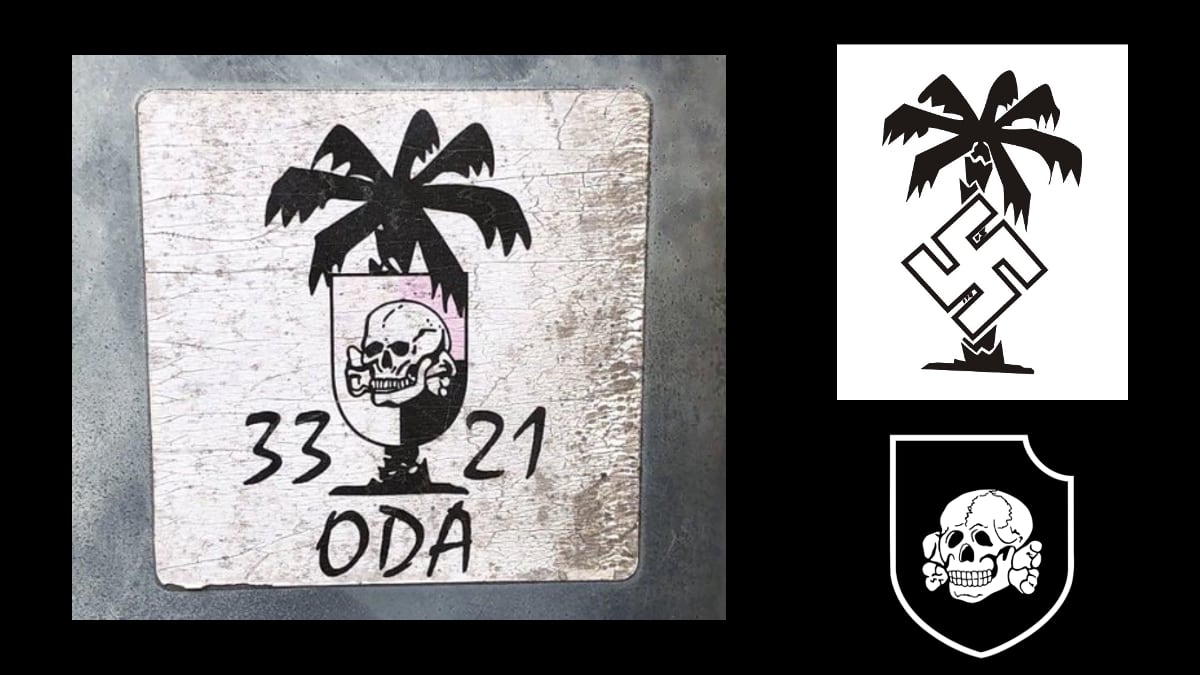
Service members in the past have occasionally adopted Nazi imagery in their visual materials. In February, the Montana National Guard apologized for including marching Nazi soldiers in the background of recruiting posters. The Marine Corps’ top officer publicly apologized in 2012 after Marine scout snipers were photographed posing with a flag emblazoned with the Nazi SS’s lightning bolt-style flash. A Marine Corps spokesperson at the time said that an ensuing investigation found that the “SS” was intended to signify “Scout Snipers.”
But Defense Department officials have maintained that such incidents are isolated, and that the troops involved in such scandals are largely unaware of the images’ ideological and historical context.
A Pentagon-commissioned research study released in late December “found no evidence that the number of violent extremists in the military is disproportionate to the number of violent extremists in the United States.”
Yet the military’s efforts to root out extremism, launched in the wake of the January 6 attack on the U.S. Capitol, faced criticism from both the political left as a performative box-checking effort and from the political right as a purported witch hunt against conservative troops.
Davis Winkie covers the Army for Military Times. He studied history at Vanderbilt and UNC-Chapel Hill, and served five years in the Army Guard. His investigations earned the Society of Professional Journalists' 2023 Sunshine Award and consecutive Military Reporters and Editors honors, among others. Davis was also a 2022 Livingston Awards finalist.
